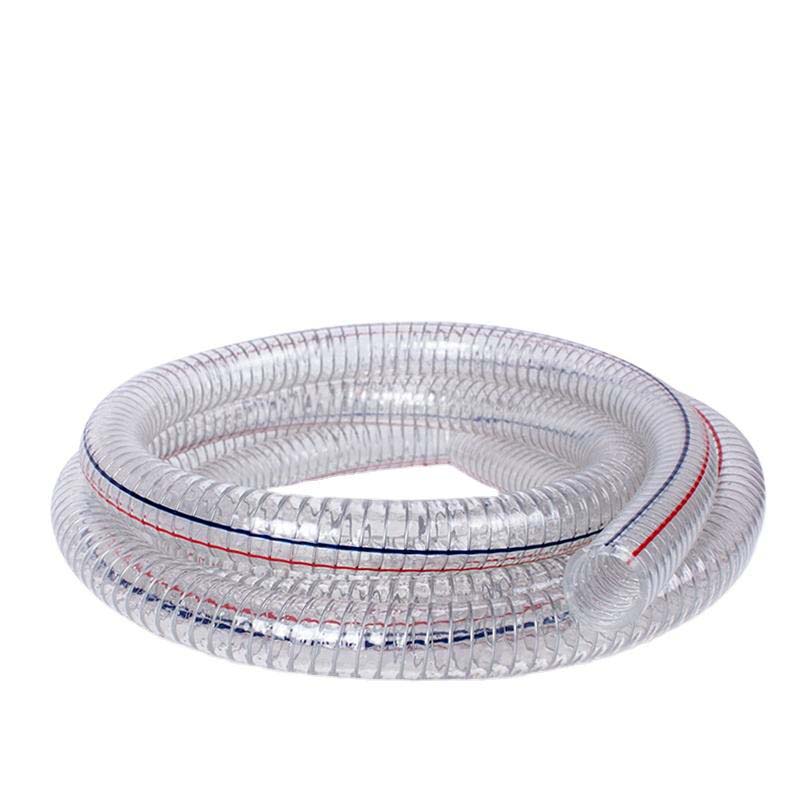LPG Gas Hose Compliance Guidelines for Safety and Performance Standards
LPG Gas Hose Regulations An Essential Guide for Safety and Compliance
Liquefied Petroleum Gas (LPG) is widely used in domestic and commercial settings for cooking, heating, and fueling various appliances. However, the safe handling and transportation of LPG require strict adherence to regulations concerning gas hoses. These regulations are essential to prevent accidents, leaks, and potential hazards that may arise from improper usage.
Importance of LPG Hose Regulations
LPG hoses are critical components in the safe operation of gas systems. They facilitate the transfer of gas between cylinders, regulators, and appliances. Due to the high flammability of LPG, any compromise in the integrity of these hoses can lead to dangerous leaks, which can cause fires, explosions, or health risks from gas inhalation. Therefore, regulations are put in place to ensure that hoses meet specific safety standards and are maintained correctly throughout their lifecycle.
Key Regulations and Standards
Various organizations and regulatory bodies establish guidelines for LPG hoses. In many countries, standards set by organizations such as the American Society for Testing and Materials (ASTM), the National Fire Protection Association (NFPA), and local regulatory agencies must be followed.
1. Material Specifications LPG hoses must be manufactured from materials that are resistant to high pressures, temperatures, and exposure to chemicals. Common materials include rubber and thermoplastic, which should conform to relevant standards to ensure durability and safety.
lpg gas hose regulations

2. Pressure Ratings Hoses must be rated for the maximum operating pressure they will encounter. This rating helps prevent ruptures and leaks during use. Users should always check pressure ratings and select hoses accordingly to avoid using hoses that are not designed for their specific applications.
3. Testing and Certification New hoses should undergo rigorous testing to ensure they meet safety standards before being sold. This includes pressure testing and assessments for flexibility and resistance to aging. Hoses should also come with certification markings to help users identify compliant products.
4. Installation and Maintenance Proper installation is crucial for safety. Hoses should be installed by qualified personnel, following the manufacturer’s guidelines. Regular inspections and maintenance are necessary to identify wear and tear or potential leaks. Users are encouraged to replace hoses periodically, even if they appear undamaged, to preemptively mitigate risks.
5. Color Coding and Labelling To enhance safety, LPG hoses are often color-coded or labeled to indicate their purpose and the type of gas they carry. This helps prevent confusion, especially in environments where multiple gas types are in use.
Conclusion
Adhering to LPG gas hose regulations is not just a legal obligation but a fundamental practice for ensuring safety in any environment where LPG is utilized. By understanding the key regulations and implementing necessary precautions—such as selecting the right hoses, ensuring proper installation, and conducting regular maintenance—individuals and businesses can significantly reduce the risk of accidents. Ultimately, a commitment to compliance with these regulations fosters safer practices and promotes a culture of safety in the transport and use of liquefied petroleum gas.
-
Top Quality Oxy Acetylene Hoses for Sale Fit for Welding DemandsNewsJul.28,2025
-
The Future of Pneumatic Air Tubes in IndustryNewsJul.28,2025
-
Superior and Reliable LPG Hose Pipe Solutions for Every NeedNewsJul.28,2025
-
Exceptionally Durable and Versatile Premium Braided PVC TubingNewsJul.28,2025
-
Best Adapters for Connecting Garden Hose to PVC Pipe ConnectionsNewsJul.28,2025
-
The Essential Role of LPG Hoses in Safe and Efficient Gas DistributionNewsJul.16,2025














